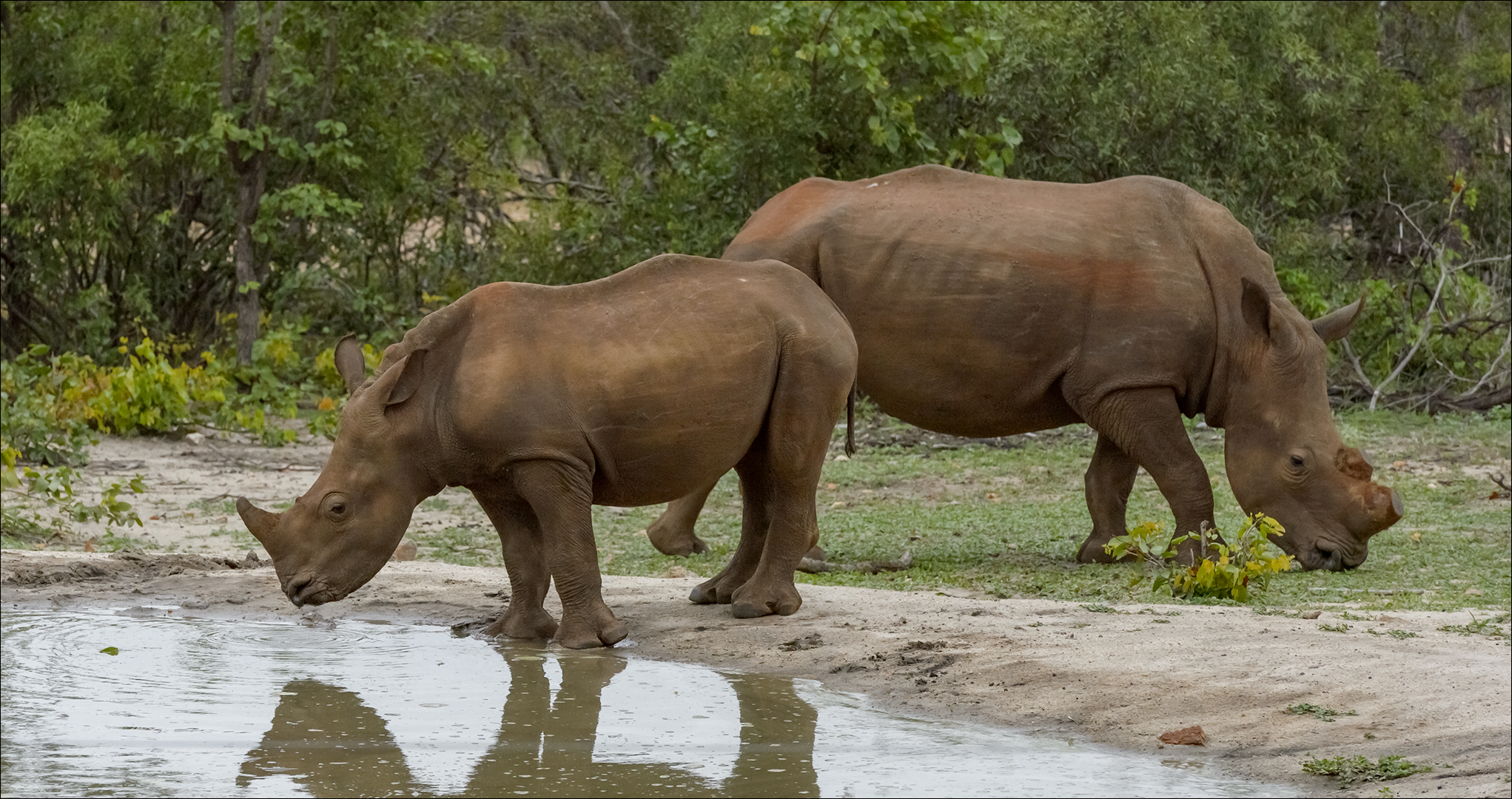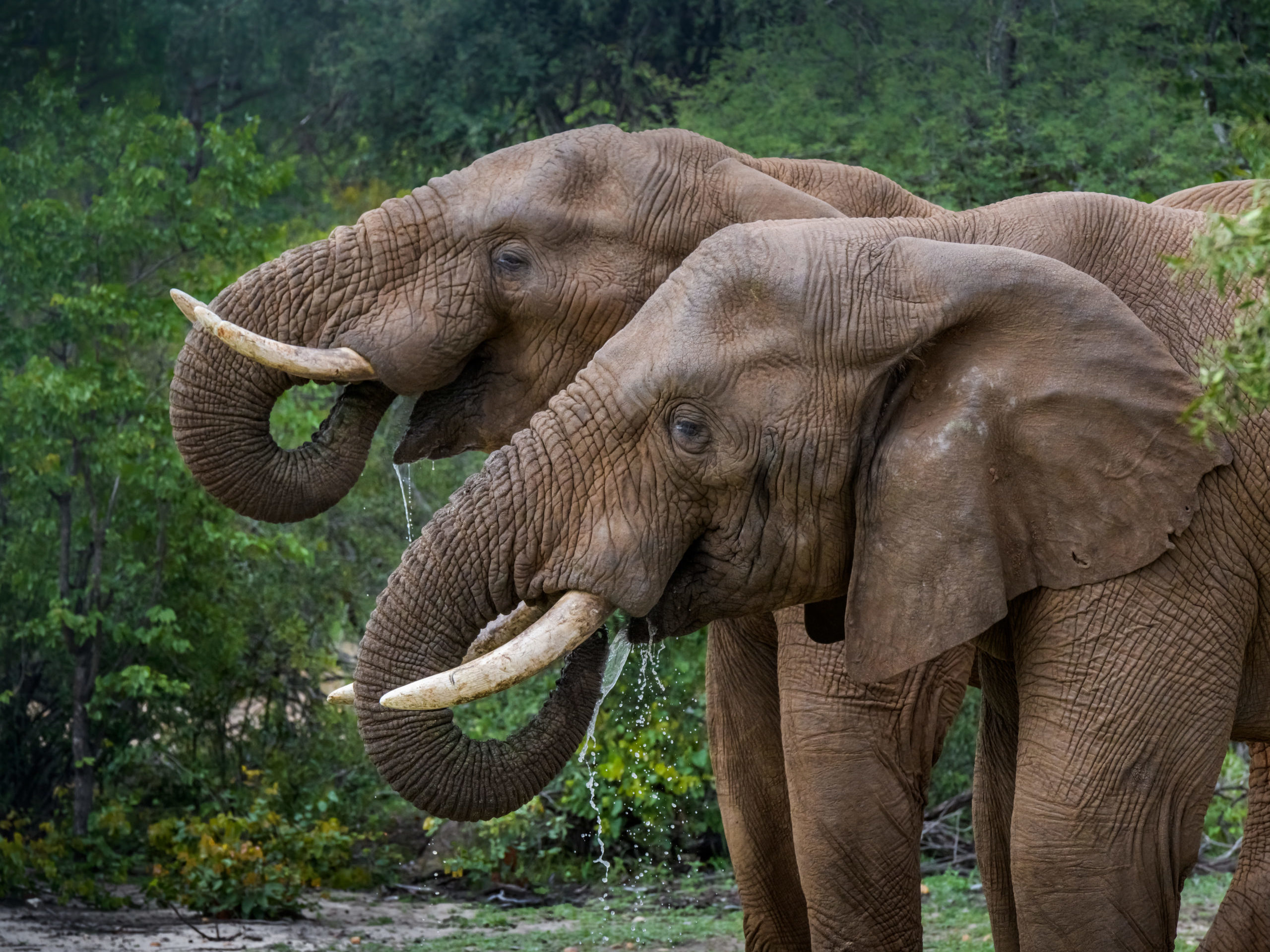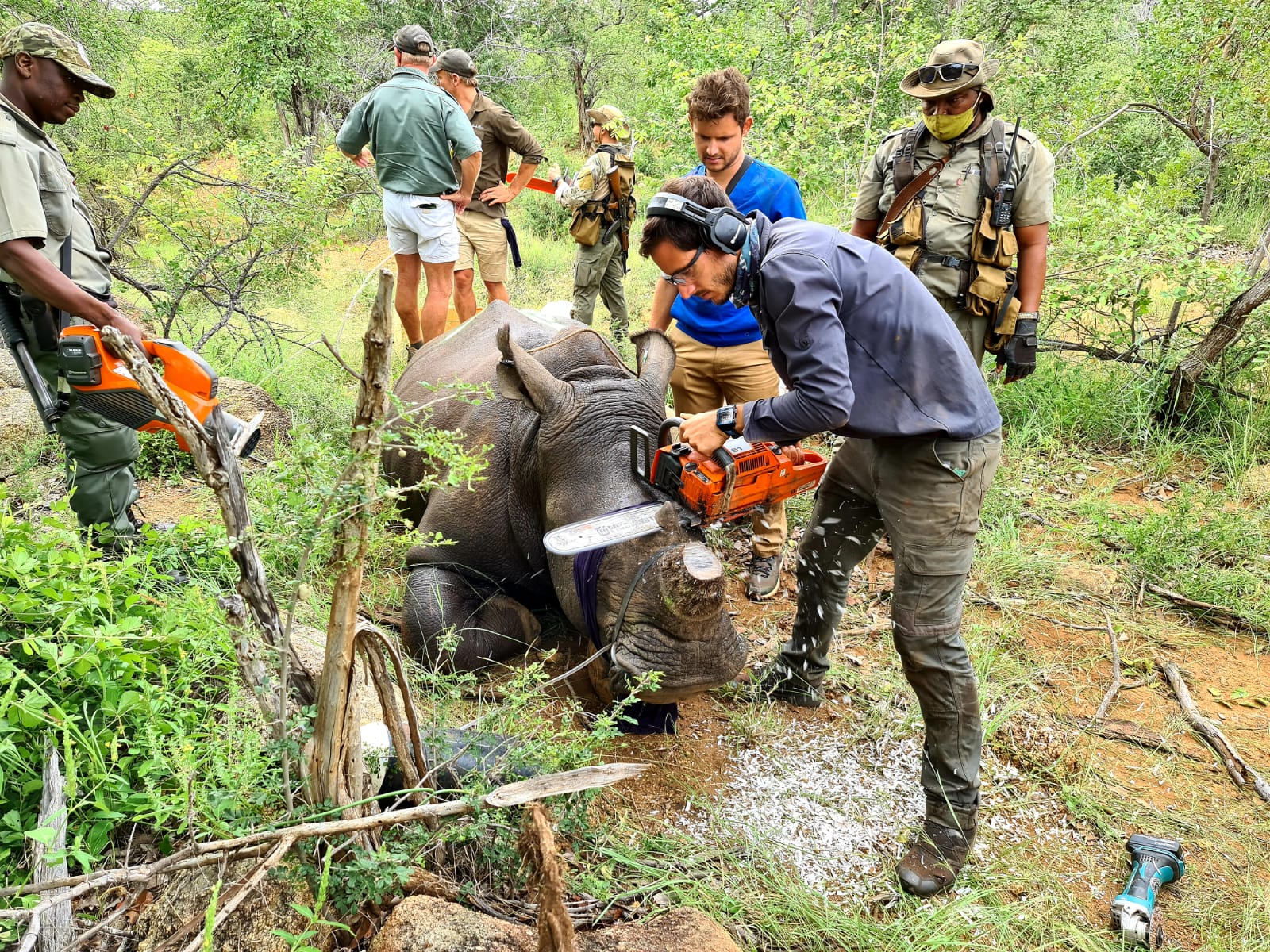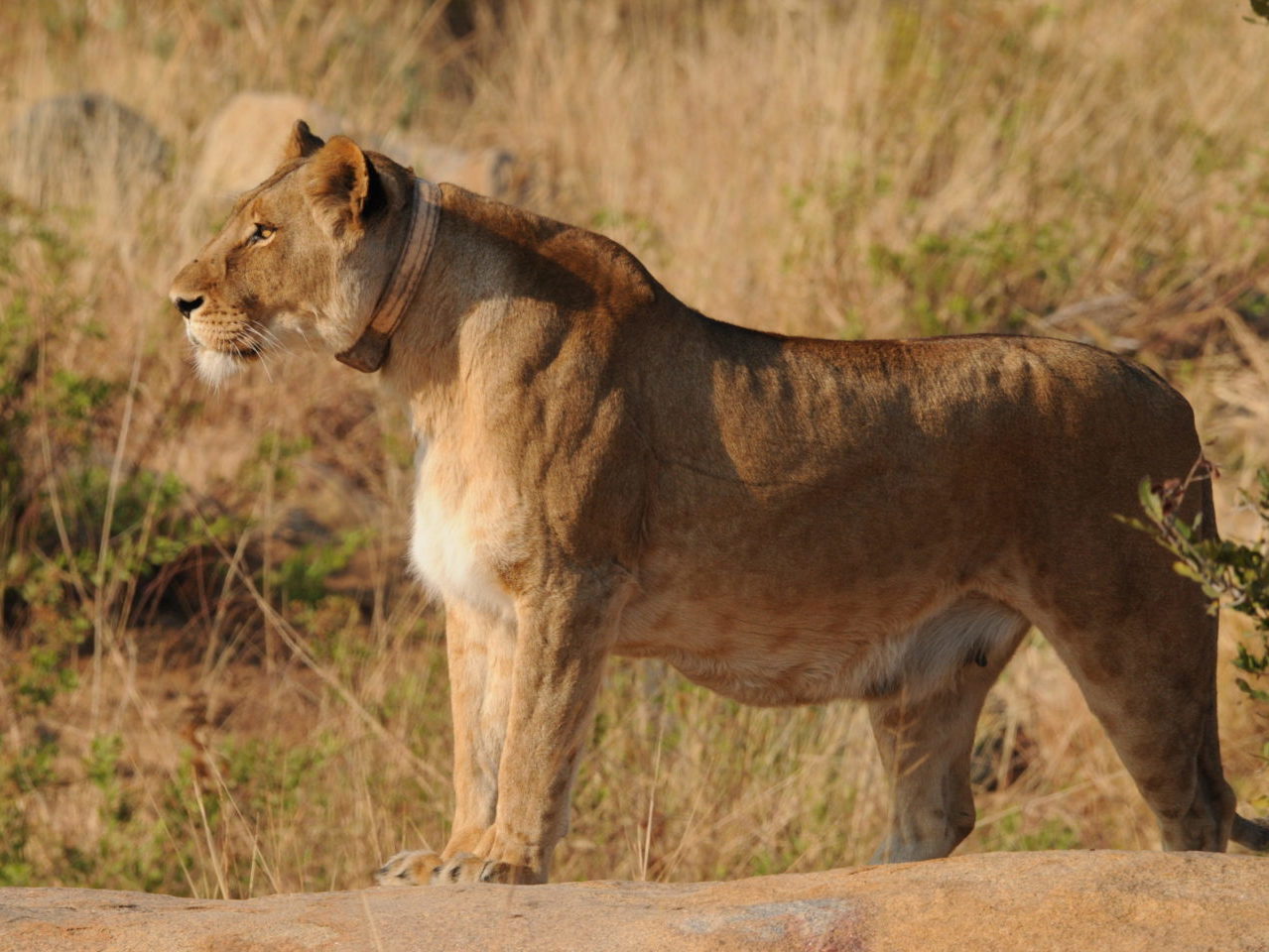Wildlife Management
Our approach to the fauna and flora management on the reserve is pioneered through our strong vision and purpose – to uphold a powerful legacy on conservation and environmental preservation.
Since agriculture played a significant part in the reserves’ history, most of the lands surface area has been subject to decades of farming practices, specifically cattle. Efforts to restore the veld to its natural condition has necessitated a conservative approach to managing animal populations in an area.
Decisions on game numbers are guided by recommendations made by the Agricultural Research Council – Animal Production Institute and are based on data obtained from annual plant surveys combined with an annual aerial game census.
Artificial water points across the reserve are managed to prevent overexploitation of the veld and optimise game viewing opportunities. Fire plays a significant role in natural systems and is harnessed as a management tool to prevent bush encroachment, further stimulating the growth of moribund grasses.
Selati’s Rhino
The Selati Game Reserve is home to significant populations of black and white rhino. The well-being of these endangered species is a major focus of the management and owners of the reserve. They are keenly aware of the responsibilities of their custodianship role and how managing the rhino population on the reserve impacts the overall effort to safeguard and conserve the species in Africa.
A primary objective at Selati Game Reserve is the management and safeguarding of the biodiversity of the habitat. This necessitates the management of rhino numbers and from time-to-time animals are sold to third parties. In these circumstances, the owners of Selati Game Reserve have committed themselves to use best endeavors to ensure that rhino are only sold to ethical buyers for conservation purposes. This means no rhino will be sold to individuals or entities where it is known that there is the intention to hunt the animals and no rhino will be sold to individuals or entities known to be connected to the shooting, hunting or poaching of rhino.



Elephant Population Control
The management and control of Selati’s elephant population is an emotive issue and subject to debate across the world. Elephant numbers on the Selati Game Reserve have more than doubled since the reintroduction of the species, which involved the translocation of three family groups from the Kruger National Park in 1996. Working with and under a sponsorship from Disney Animal Kingdom, vasectomies were carried out on the sexually active bulls in 2011 in an effort to facilitate a reduction in population growth. Starting in 2020, most of the mature elephants cows have received a immunocontraceptive which is repeated annually to ensure efficacy. To read more about the Elephant Immunocontraception go to: http://selatiwf.org/elephant-management/

Rhino Protection
The Selati Game Reserve is under an influx of pressure to protect its rhino population. Following the dramatic upswing in rhino horn poaching that has taken place across the country over the last five years, we have had to manifest drastic measures to save our rhinos. We have a significant population of white rhino and are custodians of a population of black rhino under the WWF sponsored Ezemvelo KZN Wildlife Black Rhino Range Extension Project. Anti-poaching measures include the dehorning of animals and an elaborate and intensive monitoring program for both species, which involves the collaring and daily tracking of animals across the reserve.

Lion Population
The behaviour and pride dynamics of the lion, as well as their impact on the game population, has been closely monitored since their introduction in 2004. A key learning from this effort has been an appreciation for how little we understand of the complex interaction between the different predator populations on a closed reserve of this nature. To this end, we plan a significant intensification of our research effort in order to develop a better understanding predator behaviour and improve our management decision-making on the reserve. The sharing of our learning outcomes and those of other reserves, through the Lion Management Forum, will add value to the work we are doing and how we are doing it.

